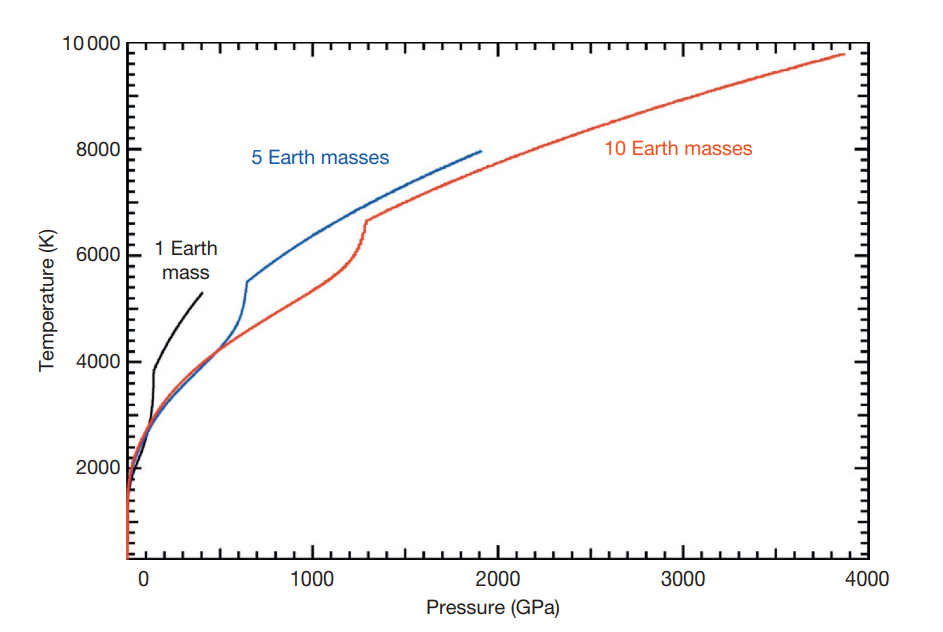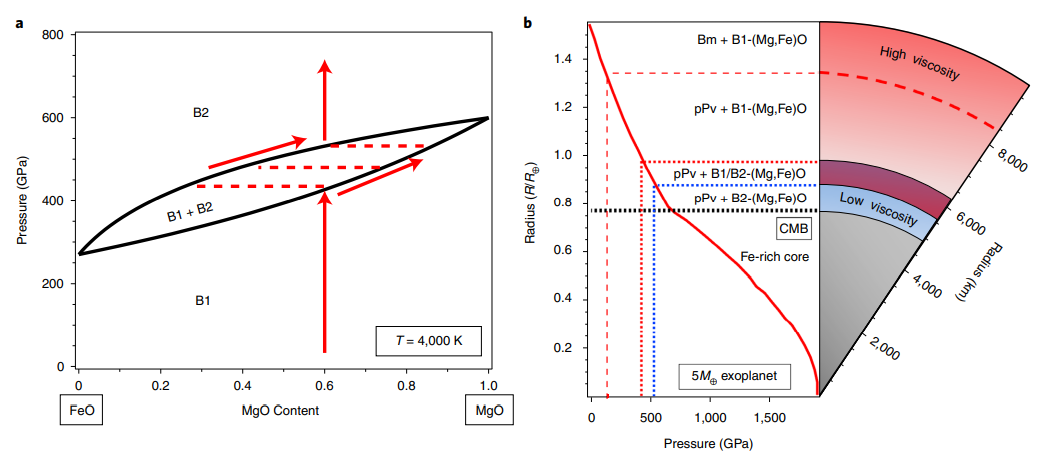Subproject 7: Dynamic compression experiments of rock material at free electron lasers
PIs: Z. Konopkova, K. Appel, and T. Tschentscher, PhD: K. Buakor
An increase in the number of discovered exoplanets has drawn attention to the importance of understanding their structure and formation. High-pressure High-temperature experiments can provide the knowledge of phase stability and physical properties that allows developing and refining planetary models. One of the new experimental approaches like dynamic compression is the promising method to reach the planetary conditions, which can be up to p-T conditions of 600 GPa and 15000 K at the core-mantle boundary (CMB) of super-Earths with 5 times the mass of the Earth.
In this project, we aim to experimentally investigate rock materials at p-T conditions being equivalent to inner parts of the Earth and larger rocky planets, in particular super-Earths. We have performed dynamic compression experiments at XFEL facilities using high-energy lasers to reach planetary conditions. The first phase of this project studied SiO2, which is a major ‘building block’ within the Earth’s mantle and other planetary bodies across the solar system. The experimental requirement for reaching p-T conditions relevant to planetary sciences was also validated. In this phase, we focus on ferropericlase (Mg,Fe)O which is the second most abundant mineral of the Earth’s lower mantle and is considered to be one of the major components of rocky planets. Both the solid phases and the melts of (Mg,Fe)O solid solution line and the end member FeO will be studied at very high pressure and temperature by applying dynamic compression techniques. Together with XFELs, we can study their dynamic behaviors and obtain structural data during compression, expansion, phase transitions, or melting. Thus, the contribution for dynamic compression experiments at the High-Energy-Density (HED) science instrument at European XFEL will also be an important part of this project. The results, specifically equation of state (EoS) data, from the experiments could be used in SP1 and SP2 for benchmarking. It could also be used in SP4 to refine the super-Earths’ interior model.
References
Coppari F., Smith R.F., Wang J. et al.
Implications of the iron oxide phase transition on the interiors of rocky exoplanets
Nat. Geosci. 14, 121–126 (2021)
Duffy T., Madhusudhan N., & Lee K. K. M.
Mineralogy of Super-Earth Planets
In Treatise on Geophysics (Second Edition), Gerald Schubert (ed.), Ch. 2.07, 149-178
Wagner F.W., Tosi N., Sohl F., Rauer H., and Spohn T.
Rocky super-Earth interiors: Structure and internal dynamics of CoRoT-7b and Kepler-10b
A&A 541, A103 (2012)
Contact PIs
Dr. Zuzana Konopkova, European XFEL GmbH
Notkestr. 85, 22607 Hamburg
T: +49 (0)40 899 86 793, Email
Dr. Karen Appel, European XFEL GmbH
Holzkoppel 4, 22869 Schenefeld (XFEL)
T: +49 (0)40 899 82 930, Email
Dr. Thomas Tschentscher, European XFEL GmbH
Holzkoppel 4, 22869 Schenefeld (XFEL)
T: +49 (0)40 899 83 904, Email


